
Do you have a question about the Philips A02U AA and is the answer not in the manual?
| Display Technology | LED |
|---|---|
| Refresh Rate | 60 Hz |
| Smart TV | No |
| HDMI Ports | 2 |
| USB Ports | 1 |
| Display Size | 32 inches |
| Resolution | 1366 x 768 |
Explains color abbreviations and lists top/front/side connections.
Details audio, video, SVHS, HDMI, and component video inputs at the rear.
Covers essential safety regulations and precautions for repairing the TV.
Highlights critical warnings regarding high voltage, ESD, and component handling.
Offers essential precautions for safe and effective service procedures.
Guides direct connection of cable signals to the TV.
Details connecting a cable box with RF outputs to the TV.
Explains connecting a cable box with A/V outputs to the TV.
Connects external audio/video devices to AV1 and AV2 inputs on the TV.
Guides connecting HDMI sources for digital audio and video.
Explains connecting Component Video sources for high-resolution playback.
Introduces Service Default Mode (SDM), Service Alignment Mode (SAM), and Customer Service Mode (CSM).
Details purpose, specifications, entry methods, and contents of SDM.
Explains purpose, specifications, navigation, and exit procedures for SAM.
Describes how to enter and navigate CSM for customer issue diagnosis.
Introduces ComPair as a service tool for diagnostics and repair guidance.
Explains activating stepwise start-up mode with ComPair for fault diagnosis.
Explains the error code buffer structure and how errors are logged.
Describes methods to read error codes via SAM, blinking LED, or ComPair.
Outlines procedures for clearing detected error codes from the buffer.
Explains how to use the front LED to display error codes when there is no picture.
Explains fault protections and how they indicate issues via LED blinking.
Details protections related to I2C communication failures or shorts.
Explains ADOC-related protections triggered by input signal issues.
Explains the protection against horizontal deflection faults.
Details the protection mechanism against X-ray generation faults.
Covers protections not sensed by the microprocessor, leading to standby mode.
Discusses ComPair's role in stepwise start-up and protection management.
Notes that SDM overrides processor-controlled protections, but not hardware ones.
Illustrates the functional blocks of the LSP related to power supply and deflection.
Shows the location of test points on the LSP and CRT panels with waveform examples.
Shows the signal flow for audio and video processing, including source selection.
Maps out test points on the Small Signal Board (SSB) for troubleshooting.
Shows the power supply distribution across various panels and ICs.
Provides the circuit diagram and PWB layout for the main power supply.
Shows the circuit diagram and PWB layout for the standby power supply.
Provides the circuit diagram and PWB layout for the line deflection circuitry.
Details the circuit diagram and PWB layout for frame deflection and East-West drive.
Presents the circuit diagram and PWB layout for the audio amplifier IC.
Details the circuit diagram and PWB layout for all AV inputs and outputs.
Shows the component placement on the top side of the Large Signal Panel (LSP).
Provides the circuit diagram for the IF and SAW filter section of the SSB.
Details the circuit diagram for video source selection and data link interface on the SSB.
Shows the circuit diagram for audio source selection and processing on the SSB.
Shows the circuit diagram for the video decoder section on the SSB.
Provides the circuit diagram for the RGB processing block on the SSB.
Shows the circuit diagram for sync generation and deflection processing on the SSB.
Details the circuit diagram for the protection circuits on the SSB.
Provides the circuit diagram for the audio processing stages on the SSB.
Provides the circuit diagram for the ADOC power supply regulators on the SSB.
Details the circuit diagram for the low voltage supply to the ADOC IC.
Shows component placement on the top side of the Small Signal Board (SSB).
Details the circuit diagram for the CRT amplifier, including bias and thermal protection.
Shows the circuit diagram for the Auto SCAVEM circuit used for picture enhancement.
Provides the circuit diagram for the front interface panel, including RC receiver.
Details the circuit diagram for the front interface panel (PV2 styling).
Shows the circuit diagram for sync selection and I/O expander on the HDMI panel.
Provides the circuit diagram for the side input/output panel, including SVHS, CVBS, and headphone connectors.
Provides the circuit diagram for the top control panel (FL13 styling).
Details the circuit diagram for the top control panel (PV2 styling).
Details the procedure for adjusting the Vg2 level for proper picture display.
Provides detailed steps for aligning vertical and horizontal geometry parameters.
Covers power supply introduction, architecture, start-up, and shut-down sequences.
Introduces the ADOC IC as the main TV processor for digital functions.
Covers DOP functions including RGB control, deflection processing, and geometry correction.
Details horizontal sync, vertical deflection, and E/W drive circuits.
Refers to chapter 5 for detailed descriptions of protective measures.
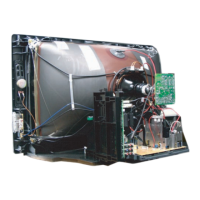
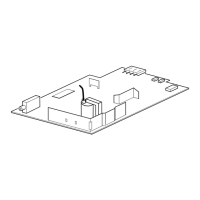

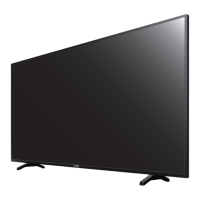

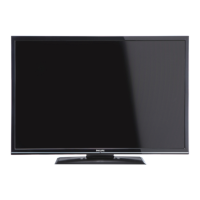


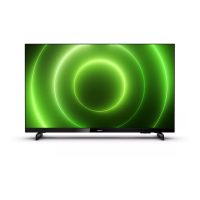
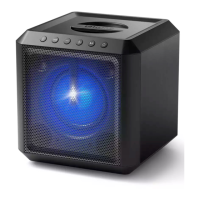


